Everyone is avoiding the ‘R’ word at the moment, but there’s no doubt Australia is in the middle of an economic downturn. If you’re noticing a dip in sales at the moment, you’re certainly not alone.
During quiet business periods it’s essential to stay visible so we’ve compiled a list of digital marketing strategies to help you keep afloat.
1. Keep up the email marketing
Imagine having a list of consumers who are interested in your product or service that you can directly contact… Email marketing is an effective marketing tool for maintaining communication with your audience.
Create targeted email campaigns that will offer value to your customers. Offer them a discount, provide them with product updates, educate them on a problem they might be facing or simply remind them that you’re there to help them.
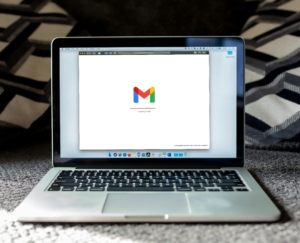
2. Activate marketing automations
Never underestimate the value of an abandoned cart email. Research has shown that three abandoned cart emails bring in 69% more revenue than a single email.
Most email marketing platforms allow free use of email marketing automations so why wouldn’t you take advantage?

3. Entice new business with offers
Give your customer that extra nudge to buy from you. Launch an introductory offer for new customers, host a flash sale or upsell with a bulk discount. Who hasn’t signed up for the same discount on a webstore using multiple email addresses before?
People hang out for discount offers, so give them the opportunity to buy before someone else does.

4. Give customers the option to buy now, pay later
What’s stopping customers from buying during times of economic struggle? Cash in the bank. There might be a product or service that your customer really wants, but can’t justify the expense.
Giving your customers the option of a payment plan might help convert those customers who are sitting on the fence. You’ll get paid the full amount upon purchase, then it’s up to the payment plan provider to handle the rest.
Check out Afterpay, Klarna and PayPal in 4.

5. DON’T STOP ADVERTISING (Sorry for yelling – but it’s important)
Make noise when everyone is silent. Less businesses will advertise when things are quiet because they’re concerned about cash flow. Think about the opportunity this brings – less competition means lower cost per clicks and better reach.
If you’re really concerned about your social media advertising budget, then focus on targeting audiences who are more likely to convert. Remarket to consumers who have already purchased from you, or have looked at your website products.

6. Enjoy the temporary peace and quiet
Emphasis on the temporary because we know you want to be busy, but while you do have this time to collect your thoughts, you should make the most of it. It’s a great time to do the things that you put off when you’re busy. Maybe your website is in need of a refresh? Perhaps your social media or email templates need some attention? The time is now!

If you are taking this downtime to revisit your broader digital marketing strategy, then we encourage you to check out our Digital Brand Story Framework. The Brand Story defines your brand in terms of a Hollywood movie script; who your customer is, what they want, why they want it and how you’re going to help them get it. Let’s start your Brand Story today.

Google has started rolling out its brand-new AI Mode in countries like the United States, India, Canada and even New Zealand - but not yet in Australia. [...]

For years, Search Engine Optimisation (SEO) was the golden rule of digital marketing. Optimise keywords. Earn backlinks. Climb the rankings. But the way people find answers is [...]
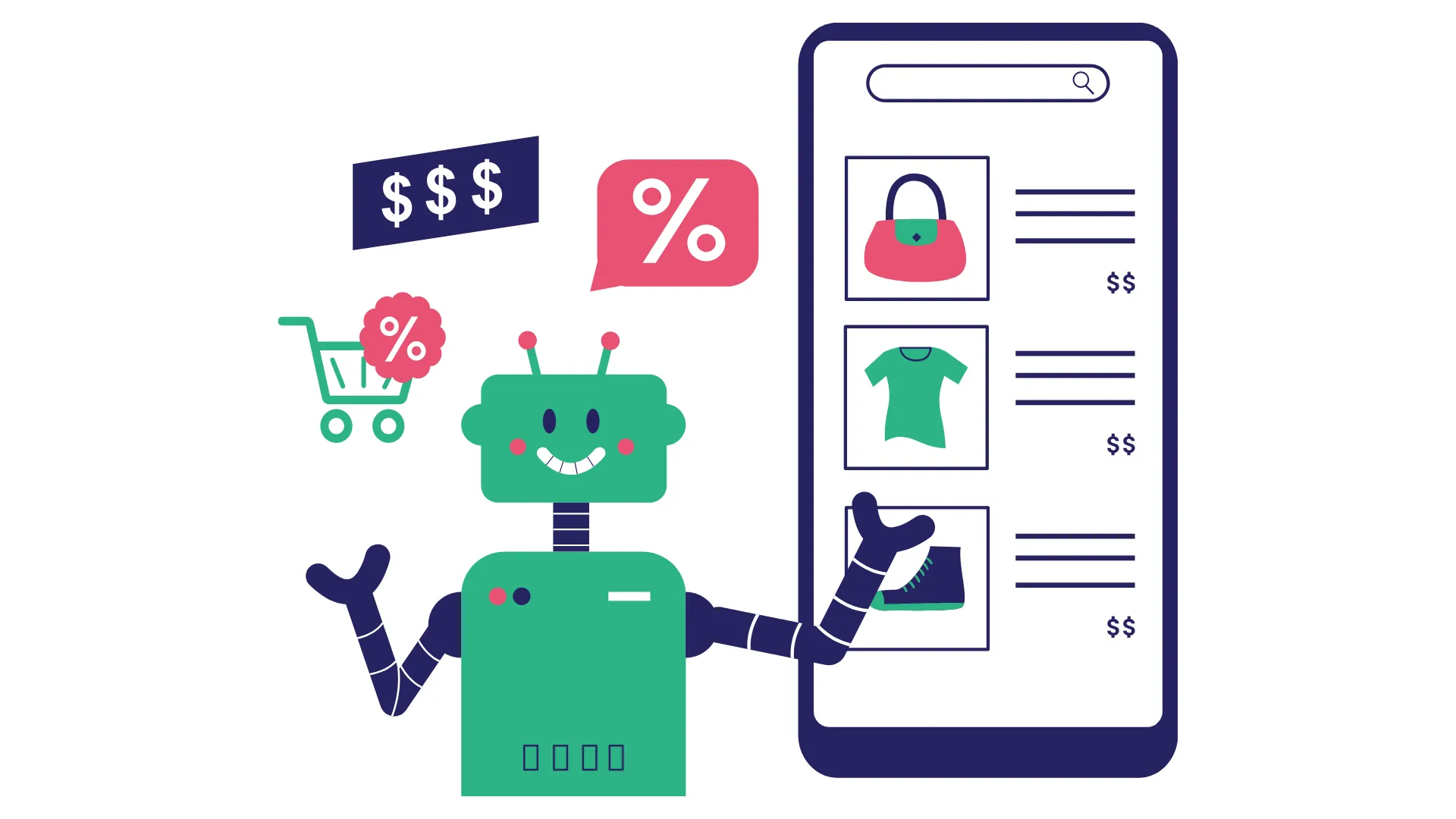
A billion searches were made on ChatGPT last week alone. Now, OpenAI is turning those queries into a powerful new retail experience. ChatGPT recently launched its AI [...]

Google’s AI Overviews are reshaping search by pulling answers from the places people are actually talking: Reddit, YouTube, Quora and other community-driven platforms. According to new data [...]

Google has started rolling out its brand-new AI Mode in countries like the United States, India, Canada and even New Zealand - but not yet in Australia. [...]

For years, Search Engine Optimisation (SEO) was the golden rule of digital marketing. Optimise keywords. Earn backlinks. Climb the rankings. But the way people find answers is [...]

When you see a paid ad, nine times out of ten, you're probably not clicking on it. Instead, you'll likely hop over to Google, search the brand [...]

In digital advertising, audience targeting has always been both an art and a science. But what if the science just got smarter - a lot smarter? We’ve [...]
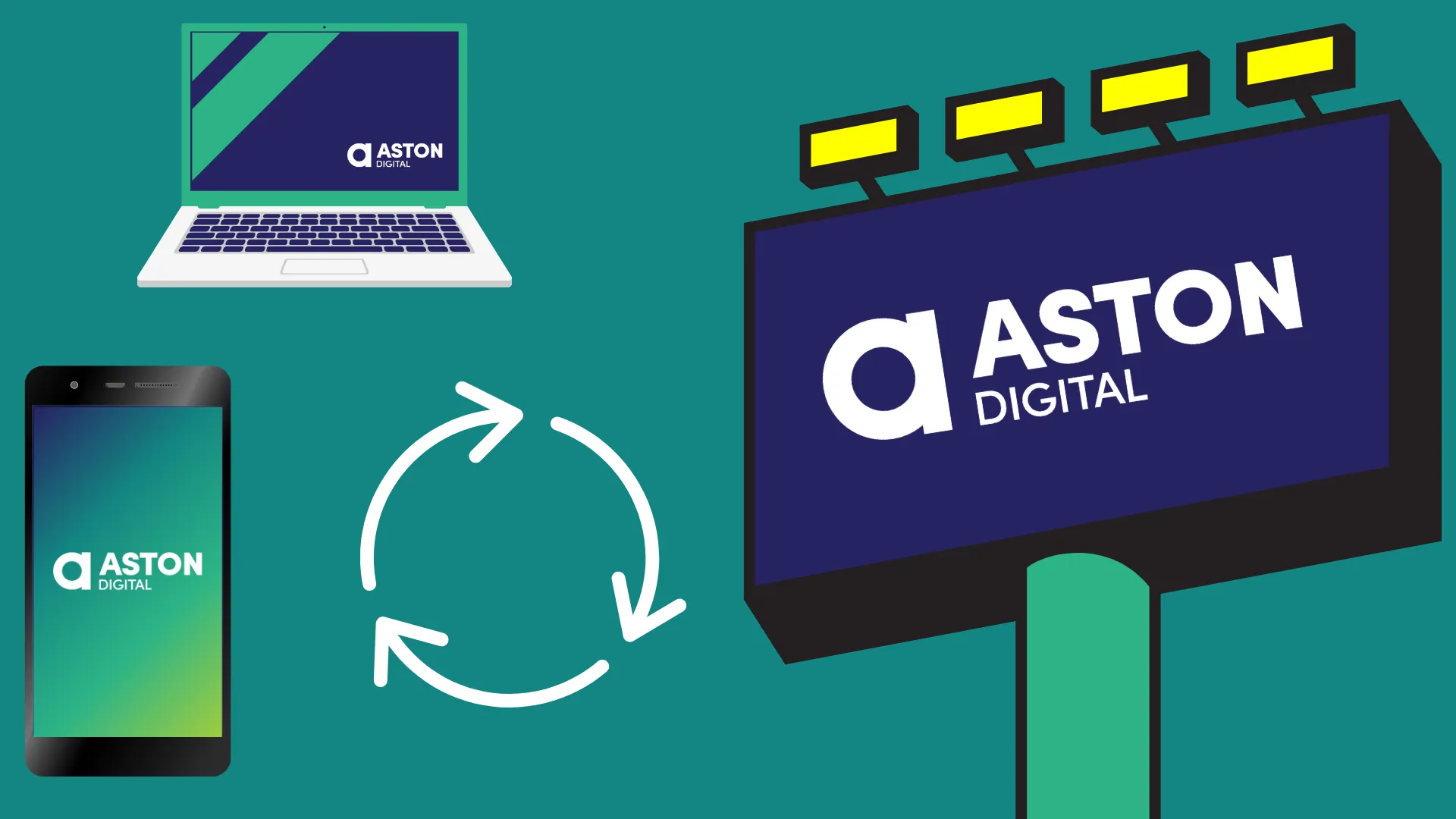
With attention spans getting shorter and competition fiercer, brands are constantly searching for that magic formula to stand out. But the answer isn’t always a bold campaign [...]

A billion searches were made on ChatGPT last week alone. Now, OpenAI is turning those queries into a powerful new retail experience. ChatGPT recently launched its AI [...]

Google’s AI Overviews are reshaping search by pulling answers from the places people are actually talking: Reddit, YouTube, Quora and other community-driven platforms. According to new data [...]
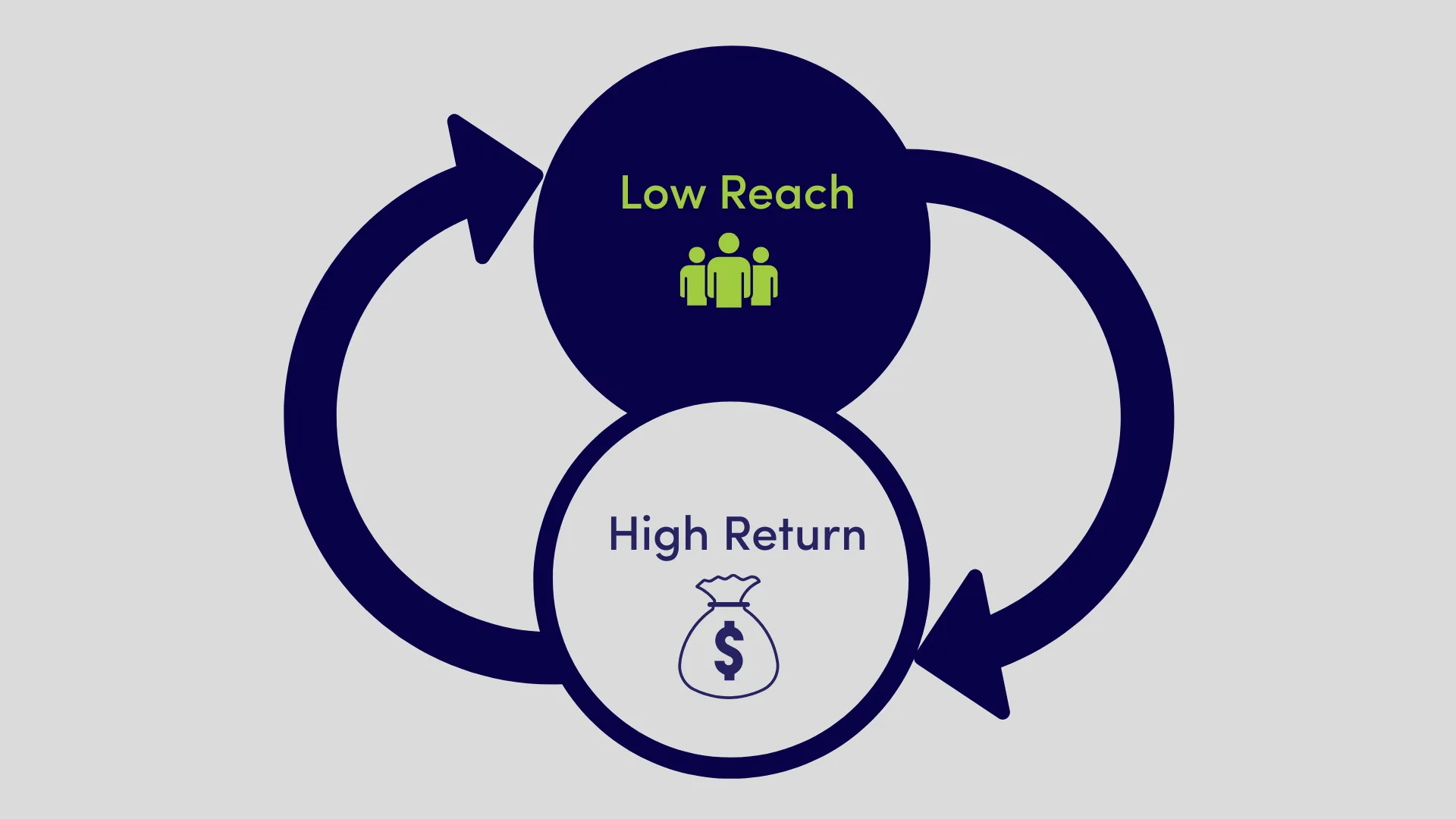
We recently posted a simple promotion on a client’s social media account. It was about a niche product - nothing flashy, not designed to go viral, just [...]
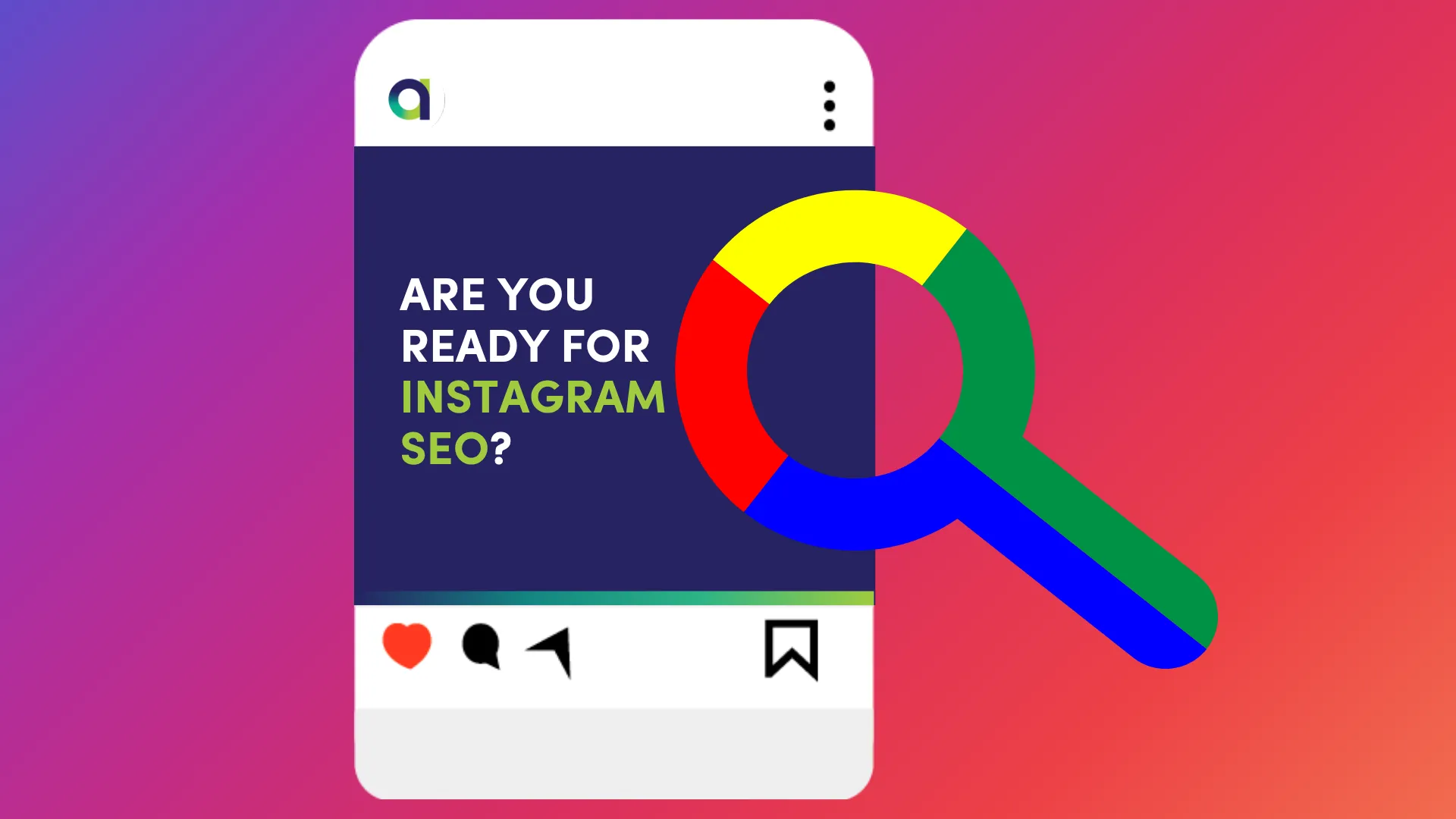
Starting July 10, 2025, public posts from professional Instagram accounts will start appearing in Google search results. That means your photos, Reels and videos could soon show [...]
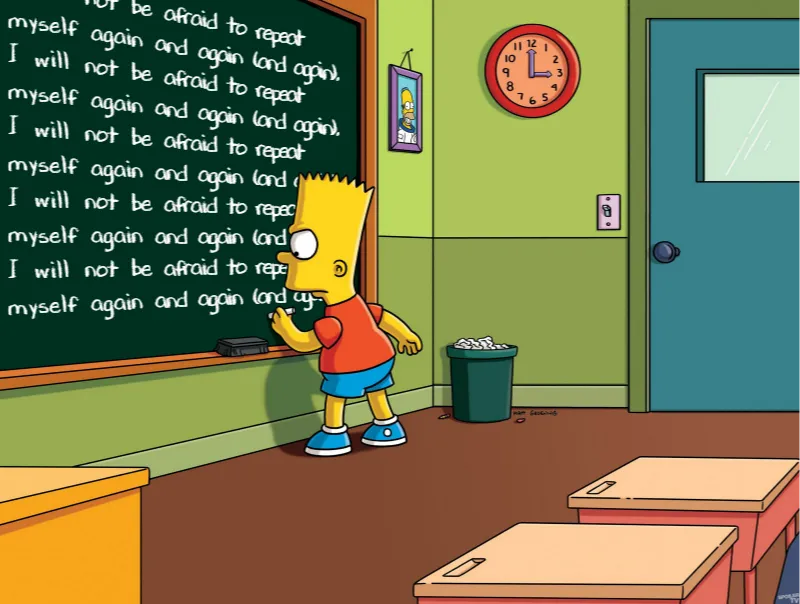
One of the most common concerns we hear from clients is: “I feel like we’re repeating ourselves too much.” They worry that saying the same message more [...]

